One workaround(trick) would be to insert the link but use an empty character unicode (like from https://emptycharacter.com/)
Here is an example (I inserted the photo URL with an empty character)

some sample code to get you started:
const Telegraf = require("telegraf");
const bot = new Telegraf(" ... ");
const CHAT_ID = ... ;
function getHiddenLink(url, parse_mode = "markdown") {
const emptyChar = ""; // copied and pasted the char from https://emptycharacter.com/
switch (parse_mode) {
case "markdown":
return `[${emptyChar}](${url})`;
case "HTML":
return `<a href="${url}">${emptyChar}</a>`;
default:
throw new Error("invalid parse_mode");
}
}
// Option 1: sending with MARKDOWN syntax
bot.telegram.sendMessage(
CHAT_ID,
`
some test text in markdown
${getHiddenLink("https://i.stack.imgur.com/TPKR5.png", "markdown")}
`,
{
parse_mode: "markdown",
}
);
// Another option: sending with HTML syntax
bot.telegram.sendMessage(
CHAT_ID,
`
some test text in HTML
${getHiddenLink("https://i.stack.imgur.com/TPKR5.png", "HTML")}
`,
{
parse_mode: "HTML",
}
);
Here we just create a new function getHiddenLink() that accepts the URL and parse_mode (HTML or markdown) and just craft a new URL representation with the empty character as the link-text and return it.

